
1. The quality tool that can be used when the policy goal is vertically expanded is ().
2. The quality tool that can be used when the policy goal is expanded vertically is the tree diagram.The tree diagram starts from a project, expands two or more branches, and then continues to expand from each branch, and so on. It has a trunk and multiple branches, so it looks like a tree.
3. The main tool for the vertical expansion of the policy goal is the system diagram. Enterprise policy and goal management includes four links: formulation, development, dynamic management and evaluation of policy goals. The formulated policy goals should be deployed horizontally and vertically, and the main tools applied are matrix diagrams and system diagrams.
4. [Answer]: The first step of CD policy goal expansion is horizontal expansion, the tool used is matrix diagram, the second step is vertical expansion, and the tool used is system diagram.

The system tree is a branch diagram (English cladogram). In the tree, each node represents the near common ancestor of its branches, and the length of the line segment between nodes corresponds to the evolutionary distance (such as the estimated evolutionary time). The system occurrence tree is sometimes also called the system tree diagram, which is composed of a series of nodes and branches.
The species gathered in the phylogenetic tree are not connected. System generation tree (English: PhylogeneTictree), also known as evolutionary tree, is a tree that shows the evolutionary relationship between species that are considered to have a common ancestor.
Phylogenetic trees, also known as systemic trees, cluster trees or evolutionary trees, represent the evolution and affinity of each node in a tree-like structure, which can be used to describe the evolutionary relationship between species. Such pictures are often seen in phylogenetic analysis, gene families and species evolution analysis.
The analysis and interpretation of the phylogenetic tree are as follows: Key points The phylogenetic tree is a chart showing the evolutionary relationship between organisms. The phylogenetic tree is hypothetical, not a certain fact. The branch pattern in the phylogenetic tree reflects the relationship between how species or other groups evolved from a series of common ancestors.
Then why build a phylogenetic tree? At first, in my understanding, a systemic tree is a cluster based on evolution. Indeed, evolutionary trees can indeed reflect the evolutionary relationship between species, as well as the relationship between a gene or protein.
System diagram method, also known as tree diagram method, is a graphic representation method that links purposes and means with each other and unfolds step by step. It can be used to systematically analyze the cause of the problem and determine the solution to the problem. Its specific approach is to deepen the means needed to achieve the goal step by step.
System diagram refers to the required purpose to achieveThe means and methods are developed systematically, and then the expansion diagram is used to grasp the overall picture of the problem, clarify the focus of the problem, and find out the best means and methods to achieve the goal, also known as the tree diagram method.
The organizational system diagram refers to the drawing of the organizations at all levels of the audited unit into a map to reflect the leadership relationship between the audited unit from top to bottom and between departments and institutions. This is the main method to examine whether the organization of the audited unit is sound and whether the division of labor is clear.
System diagram, also known as tree diagram, is a graph table that links purposes and means with each other and unfolds step by step. A floor plan is a kind of map. The horizontal plane can be replaced by the horizontal plane.
1. The system diagram can represent a certain qualityThe relationship between the problem and its components, so as to clarify the focus of the problem, seek the most appropriate means and measures to achieve the goal, and form a branch-shaped diagram, so the system diagram is also an inverted tree-like logical causal relationship diagram.
2. The seven new and old tools of quality management are: association diagram, affinity diagram, system diagram, process decision-making program diagram, matrix diagram, matrix data analysis method, and arrow diagram.
3. In this issue, we will introduce the analysis tools commonly used in the cause analysis stage of QCC group activities: causal diagram, correlation diagram, and system diagram.
including the root directory is 256), the previous impression, (there is also a total length limit, that is, the total number of bytes cannot exceed 65536).
In the computer system hierarchy diagram, the operating system should be at the third layer. Level 0 is the hard-linked logic level, which is the kernel of the computer and is composed of logic circuits such as gates and triggers. The first level is the microprogram level.
It is better to start analyzing other branches after completing a branch. The opinions of the next layer may be related to multiple projects at the previous level. Sometimes the boxes of each layer are numbered, similar to multi-level flowcharts, etc. Ask for the opinions of those involved in the project, process or problem handling on the whole tree diagram.
The electronic layout has up to seven electron layers, and each layer is up to 2n^2 in turn. For example, the K layer is up to 2*1^2=2L layers up to 2*2^2=8. ( 2) No more than 8 in the outermost layer, no more than 18 in the second outer layer, and no more than 32 in the second layer.
The policy goals formulated should be deployed horizontally and vertically, and the main tools applied are matrix diagrams and system diagrams respectively.
The quality tool that can be used when the policy goal is expanded vertically is the tree diagram. The tree diagram starts from a project, expands two or more branches, and then continues to expand from each branch, and so on. It has a trunk and multiple branches, so it looks like a tree.
[Answer]: The step of CD policy goal expansion is horizontal expansion, and the tool used is matrix diagram. The second step is vertical expansion, and the tool used is system diagram.
Balanced scorecard: This is a common strategic management tool that decomposes strategic goals into executable specific goals through the four dimensions of finance, customers, internal business processes, learning and growth.
The quality tool that can be used when the policy goal is deployed horizontally is a matrix diagram. In the field of management and quality, the horizontal development of policy goals is a very important part. By concretizing and refining the policy goals into action plans, we can better guide the behavior and decision-making of the organization, and improve work efficiency and quality.
HS code-based customs valuation tools-APP, download it now, new users will receive a novice gift pack.
1. The quality tool that can be used when the policy goal is vertically expanded is ().
2. The quality tool that can be used when the policy goal is expanded vertically is the tree diagram.The tree diagram starts from a project, expands two or more branches, and then continues to expand from each branch, and so on. It has a trunk and multiple branches, so it looks like a tree.
3. The main tool for the vertical expansion of the policy goal is the system diagram. Enterprise policy and goal management includes four links: formulation, development, dynamic management and evaluation of policy goals. The formulated policy goals should be deployed horizontally and vertically, and the main tools applied are matrix diagrams and system diagrams.
4. [Answer]: The first step of CD policy goal expansion is horizontal expansion, the tool used is matrix diagram, the second step is vertical expansion, and the tool used is system diagram.

The system tree is a branch diagram (English cladogram). In the tree, each node represents the near common ancestor of its branches, and the length of the line segment between nodes corresponds to the evolutionary distance (such as the estimated evolutionary time). The system occurrence tree is sometimes also called the system tree diagram, which is composed of a series of nodes and branches.
The species gathered in the phylogenetic tree are not connected. System generation tree (English: PhylogeneTictree), also known as evolutionary tree, is a tree that shows the evolutionary relationship between species that are considered to have a common ancestor.
Phylogenetic trees, also known as systemic trees, cluster trees or evolutionary trees, represent the evolution and affinity of each node in a tree-like structure, which can be used to describe the evolutionary relationship between species. Such pictures are often seen in phylogenetic analysis, gene families and species evolution analysis.
The analysis and interpretation of the phylogenetic tree are as follows: Key points The phylogenetic tree is a chart showing the evolutionary relationship between organisms. The phylogenetic tree is hypothetical, not a certain fact. The branch pattern in the phylogenetic tree reflects the relationship between how species or other groups evolved from a series of common ancestors.
Then why build a phylogenetic tree? At first, in my understanding, a systemic tree is a cluster based on evolution. Indeed, evolutionary trees can indeed reflect the evolutionary relationship between species, as well as the relationship between a gene or protein.
System diagram method, also known as tree diagram method, is a graphic representation method that links purposes and means with each other and unfolds step by step. It can be used to systematically analyze the cause of the problem and determine the solution to the problem. Its specific approach is to deepen the means needed to achieve the goal step by step.
System diagram refers to the required purpose to achieveThe means and methods are developed systematically, and then the expansion diagram is used to grasp the overall picture of the problem, clarify the focus of the problem, and find out the best means and methods to achieve the goal, also known as the tree diagram method.
The organizational system diagram refers to the drawing of the organizations at all levels of the audited unit into a map to reflect the leadership relationship between the audited unit from top to bottom and between departments and institutions. This is the main method to examine whether the organization of the audited unit is sound and whether the division of labor is clear.
System diagram, also known as tree diagram, is a graph table that links purposes and means with each other and unfolds step by step. A floor plan is a kind of map. The horizontal plane can be replaced by the horizontal plane.
1. The system diagram can represent a certain qualityThe relationship between the problem and its components, so as to clarify the focus of the problem, seek the most appropriate means and measures to achieve the goal, and form a branch-shaped diagram, so the system diagram is also an inverted tree-like logical causal relationship diagram.
2. The seven new and old tools of quality management are: association diagram, affinity diagram, system diagram, process decision-making program diagram, matrix diagram, matrix data analysis method, and arrow diagram.
3. In this issue, we will introduce the analysis tools commonly used in the cause analysis stage of QCC group activities: causal diagram, correlation diagram, and system diagram.
including the root directory is 256), the previous impression, (there is also a total length limit, that is, the total number of bytes cannot exceed 65536).
In the computer system hierarchy diagram, the operating system should be at the third layer. Level 0 is the hard-linked logic level, which is the kernel of the computer and is composed of logic circuits such as gates and triggers. The first level is the microprogram level.
It is better to start analyzing other branches after completing a branch. The opinions of the next layer may be related to multiple projects at the previous level. Sometimes the boxes of each layer are numbered, similar to multi-level flowcharts, etc. Ask for the opinions of those involved in the project, process or problem handling on the whole tree diagram.
The electronic layout has up to seven electron layers, and each layer is up to 2n^2 in turn. For example, the K layer is up to 2*1^2=2L layers up to 2*2^2=8. ( 2) No more than 8 in the outermost layer, no more than 18 in the second outer layer, and no more than 32 in the second layer.
The policy goals formulated should be deployed horizontally and vertically, and the main tools applied are matrix diagrams and system diagrams respectively.
The quality tool that can be used when the policy goal is expanded vertically is the tree diagram. The tree diagram starts from a project, expands two or more branches, and then continues to expand from each branch, and so on. It has a trunk and multiple branches, so it looks like a tree.
[Answer]: The step of CD policy goal expansion is horizontal expansion, and the tool used is matrix diagram. The second step is vertical expansion, and the tool used is system diagram.
Balanced scorecard: This is a common strategic management tool that decomposes strategic goals into executable specific goals through the four dimensions of finance, customers, internal business processes, learning and growth.
The quality tool that can be used when the policy goal is deployed horizontally is a matrix diagram. In the field of management and quality, the horizontal development of policy goals is a very important part. By concretizing and refining the policy goals into action plans, we can better guide the behavior and decision-making of the organization, and improve work efficiency and quality.
Understanding HS codes in trade data
author: 2024-12-23 11:57Best Asia-Pacific trade analysis
author: 2024-12-23 11:51Comparative industry trade benchmarks
author: 2024-12-23 11:43HS code-based reclassification services
author: 2024-12-23 10:34Sawmill products HS code references
author: 2024-12-23 11:34How to interpret bill of lading data
author: 2024-12-23 11:05Sawmill products HS code references
author: 2024-12-23 11:00Marble and granite HS code references
author: 2024-12-23 10:51Real-time delivery time predictions
author: 2024-12-23 09:38 How to reduce lead times with trade data
How to reduce lead times with trade data
682.58MB
Check Asia trade corridors HS code mapping
Asia trade corridors HS code mapping
346.39MB
Check Container freight index monitoring
Container freight index monitoring
553.66MB
Check Trade data visualization dashboards
Trade data visualization dashboards
227.41MB
Check Global trade compliance playbooks
Global trade compliance playbooks
366.12MB
Check HS code-based alternative sourcing strategies
HS code-based alternative sourcing strategies
899.73MB
Check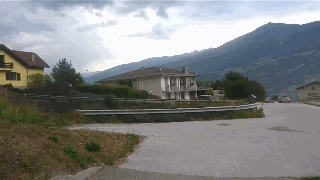 HS code-based negotiation with suppliers
HS code-based negotiation with suppliers
698.53MB
Check Country tariff schedules by HS code
Country tariff schedules by HS code
338.91MB
Check Low-cost trade data platforms
Low-cost trade data platforms
749.63MB
Check Global trade data for PESTEL analysis
Global trade data for PESTEL analysis
788.37MB
Check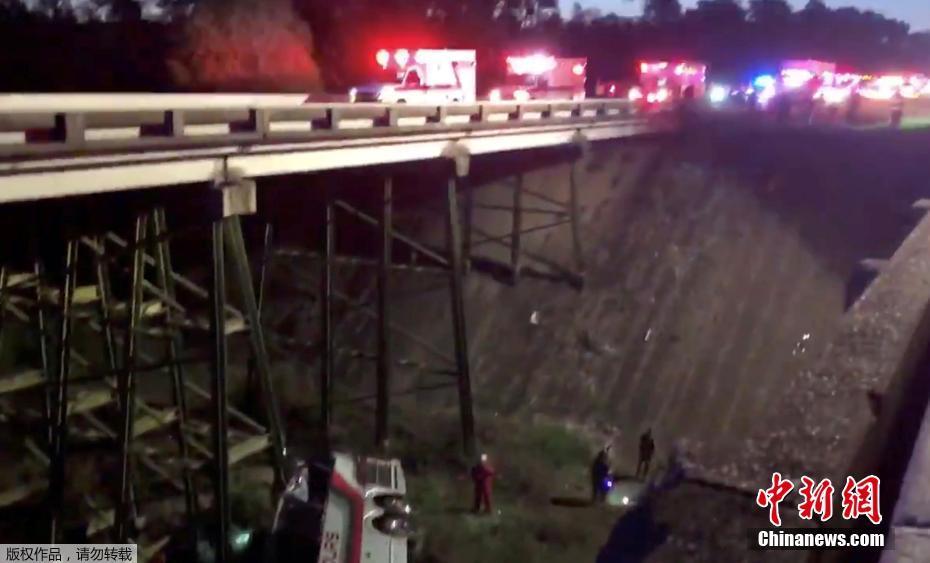 In-depth customs data analysis tools
In-depth customs data analysis tools
565.85MB
Check Global import export data subscription
Global import export data subscription
271.58MB
Check How to reduce documentation errors
How to reduce documentation errors
587.58MB
Check Global trade data-driven asset utilization
Global trade data-driven asset utilization
524.59MB
Check Advanced customs data integration
Advanced customs data integration
283.15MB
Check HS code metrics for performance dashboards
HS code metrics for performance dashboards
344.52MB
Check HS code-driven demand planning
HS code-driven demand planning
141.54MB
Check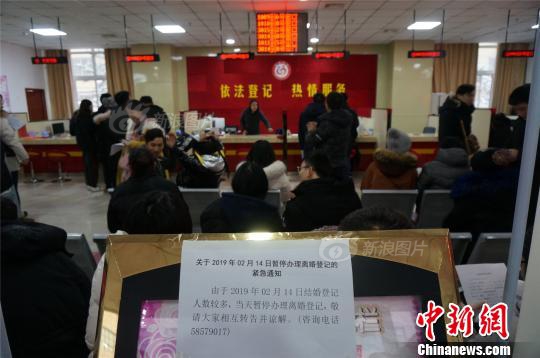 trade data services
trade data services
155.91MB
Check How to access restricted trade data
How to access restricted trade data
427.78MB
Check How to ensure data-driven export strategies
How to ensure data-driven export strategies
477.99MB
Check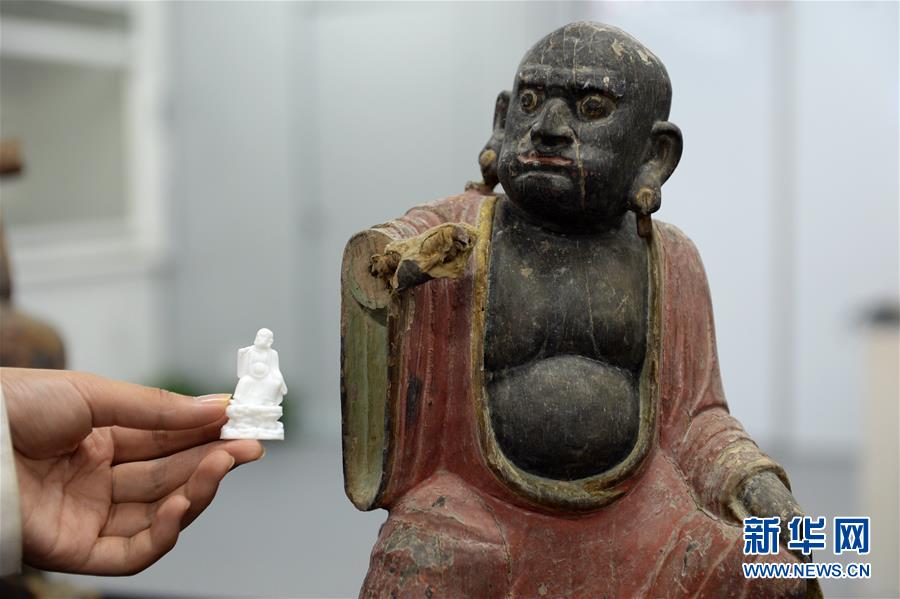 How to evaluate free trade agreements
How to evaluate free trade agreements
585.49MB
Check HS code monitoring in European supply chains
HS code monitoring in European supply chains
946.76MB
Check Global trade forecasting tools
Global trade forecasting tools
386.84MB
Check Global trade index visualization
Global trade index visualization
723.77MB
Check Trade finance structuring by HS code
Trade finance structuring by HS code
227.35MB
Check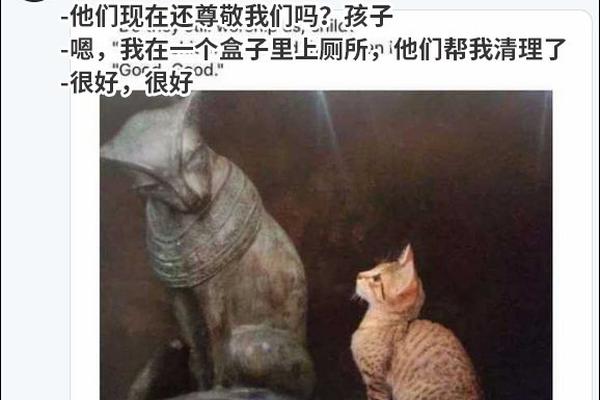 Rare earth minerals HS code classification
Rare earth minerals HS code classification
541.82MB
Check Cross-border HS code harmonization
Cross-border HS code harmonization
212.46MB
Check How to manage complex customs laws
How to manage complex customs laws
628.19MB
Check Petrochemicals HS code research
Petrochemicals HS code research
733.36MB
Check HS code-based vendor qualification
HS code-based vendor qualification
618.49MB
Check HS code-based compliance in Asia-Pacific
HS code-based compliance in Asia-Pacific
695.68MB
Check HS code-led regulatory frameworks
HS code-led regulatory frameworks
784.77MB
Check Steel pipes (HS code ) trade insights
Steel pipes (HS code ) trade insights
473.63MB
Check Trade data for resource allocation
Trade data for resource allocation
581.64MB
Check How to reduce transit time variability
How to reduce transit time variability
881.39MB
Check HS code-driven cost variance analysis
HS code-driven cost variance analysis
366.16MB
Check
Scan to install
HS code-based customs valuation tools to discover more
Netizen comments More
2995 HS code mapping for ASEAN countries
2024-12-23 11:39 recommend
2603 importers and exporters
2024-12-23 10:01 recommend
1799 Import export data consulting services
2024-12-23 09:57 recommend
1376 HS code alignment with logistics software
2024-12-23 09:53 recommend
2550 Trade data-driven cost modeling
2024-12-23 09:35 recommend